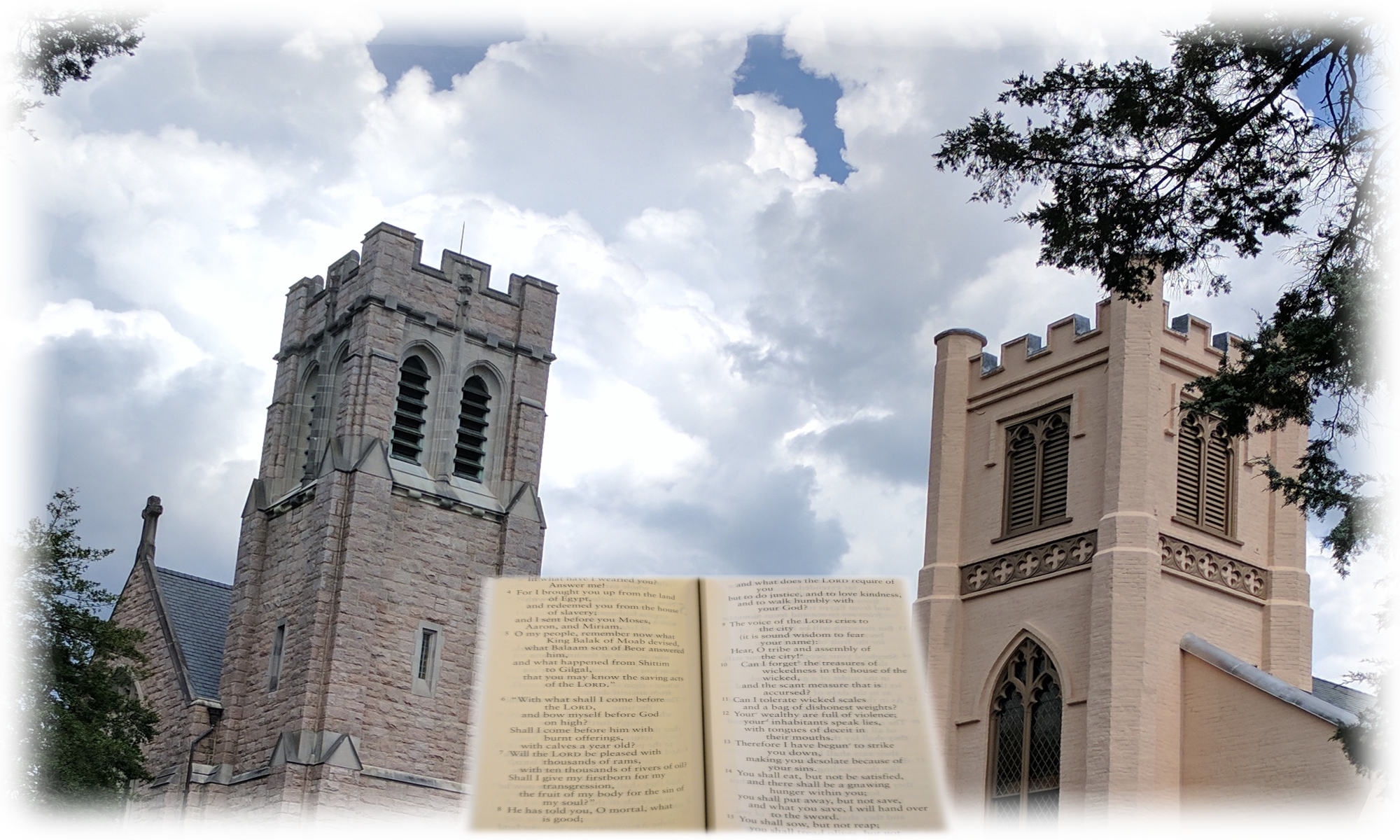
 In the class, The First Christmas, we will look at the two stories of Jesus’ birth found in the Bible, considering their politico-religious context in the first century CE and what they mean for today’s world. We will neither try to defend the stories as factual nor dismiss them as non-factual, but rather read them as narratives with both political and personal meanings for the ancient world and for our own. They presented a strong challenge to the empire of their time. What are their implications for our nation’s role in the world? On a personal level, they offer a challenge to live in communion with God. What does that mean for today’s church and today’s Christians? Join us for a lively discussion!
In the class, The First Christmas, we will look at the two stories of Jesus’ birth found in the Bible, considering their politico-religious context in the first century CE and what they mean for today’s world. We will neither try to defend the stories as factual nor dismiss them as non-factual, but rather read them as narratives with both political and personal meanings for the ancient world and for our own. They presented a strong challenge to the empire of their time. What are their implications for our nation’s role in the world? On a personal level, they offer a challenge to live in communion with God. What does that mean for today’s church and today’s Christians? Join us for a lively discussion!
I recommend the book of the same title by Marcus Borg and John Dominic Crossan as a way to extend your exploration into the topics we sill discuss. There is no need to read it in advance of the class.
Like this:
Like Loading...




You must be logged in to post a comment.